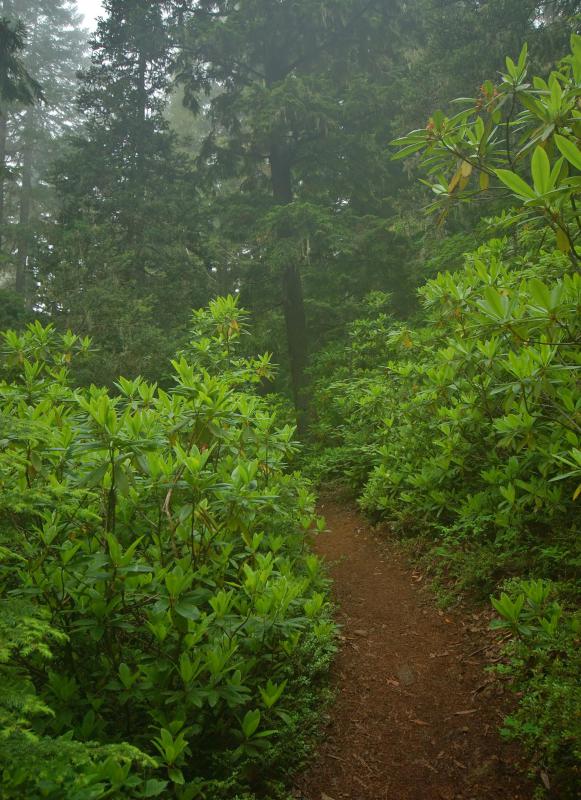At WiseGEEK, we're committed to delivering accurate, trustworthy information. Our expert-authored content is rigorously fact-checked and sourced from credible authorities. Discover how we uphold the highest standards in providing you with reliable knowledge.
What is Spatial Ecology?
Spatial ecology can best be described as the study of the relationship between the landscape and the organisms and life forms within that space. Ecologists have been studying the movement of plant and animal populations in relation to their surroundings for years, as the movement of both plants and animals within the landscape can be described by some of the spatial locations of land structures. It is perhaps easiest to describe spatial ecology in regards to plant populations, as they are most easily studied and most directly affected by landscape structure.
The structure of the landscape can drastically affect the way in which plant populations grow and move around their environment. Structures such as forest roads and paths could help the establishment of some invasive species long after the road or path was built, due to a change in available resources or the dispersal mechanism. Forest roads provide open area, higher light concentrations, and increased soil moisture, while at the same time providing avenues for directed seed dispersal via animals or water. Regardless of whether road and path networks are causing non-native invasions, understanding and relating the effects that linear habitat structures, such as roads and paths, can have on plant invasions will bring researchers closer to being able to control future invasions of natural habitats.

There are a number of factors within a forest matrix that may be influence the establishment of plants, yet the structure of the natural landscape could have the largest impact on potential invasion by non-native species. Linear features within forests, such as roads and paths, provide greater light availability and disturbance, and can provide habitat for plant species which are spread by animals. Casual observation suggests that some plant populations may expand along habitat corridors in a “wave” of establishment, and that these corridors may provide a link from invaded areas to uninvaded landscapes.
Preferential establishment along trails and roadsides has been observed in many plant species, due to seed dispersal by animal vectors. The linear habitat, however, may be the only suitable habitat for the species. Woodland roadways, hedgerows, and stream banks have been shown to help the expansion of native plant populations through unsuitable habitat. These linear features may also assist the invasion by non-native plants. When an invasive species can establish itself along a path or road that intersects uninvaded forest, that species may have the opportunity to invade the forest understory, the shaded area underneath the canopy of trees.
The study of spatial ecology can lead to numerous discoveries regarding animals as well. Animals react much the same way as plants, following corridors of movement and moving from one patch of habitat to the next slowly, in what is called an island effect. Without spatial ecology techniques such as statistical analysis of spatial coverage, the understanding of how plants and animals move through the environment would not be possible.
AS FEATURED ON:
AS FEATURED ON:











Discuss this Article
Post your comments